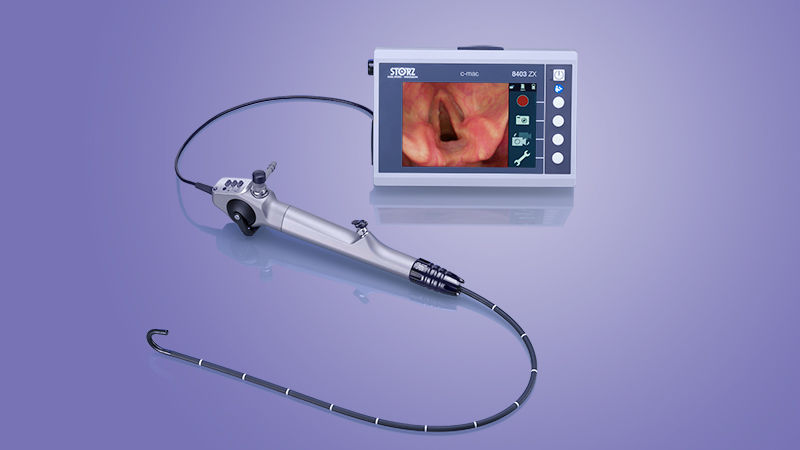The field of medicine and medical technology has seen tremendous advancements over the past few decades. One area that has seen significant changes is endoscopy procedures. Traditionally, endoscopes have been reusable metal or plastic instruments that are reused for multiple patients after high-level disinfection or sterilization. However, there has been a rising trend of using single-use disposable endoscopes.
The Advantages of Disposable Endoscopes
Disposable endoscopes offer some key advantages over reusable endoscopes from an infection control and safety perspective:
Reduced Risk of Cross-Contamination: Reusable endoscopes require complex manual or automated cleaning, disinfection and sterilization processes between each use on different patients. Despite following proper protocols, there is always a small risk of residual contamination or infection spread from one patient to another. With single-use disposable scopes, this risk is effectively eliminated.
Ease of Use: Disposable scopes simplify workflow as they don’t require the time-consuming and labor-intensive reprocessing steps between uses. The endoscope can be used on a patient and disposed immediately, allowing for a more efficient transition to the next procedure. This increases throughput for healthcare facilities.
improved Patient Safety: Significant outbreaks of infection like Hepatitis C virus or antibiotic-resistant bacteria have been linked to lapses during endoscope reprocessing in the past. Disposable scopes remove any uncertainty regarding sterility or cleanliness of the device, providing better infection control and increased patient safety.
Global Growth
Driven by these benefits, The Global For Disposable Endoscopes has been growing steadily in recent years. According to several industry reports, the global disposable endoscopes size was valued at over $600 million in 2020 and projected to grow at a compound annual growth rate of 10-15% through 2027. The major factors fueling this growth are:
– Stringent regulations around infection control causing hospitals to prefer single-use solutions.
– Growing preference for minimal invasive surgeries boosting endoscopy volumes and demand for disposables.
– Rise of multi-drug resistant infections adding urgency for adoption of new technologies reducing infection transmission risk.
– Development of advanced disposable endoscopes and improving affordability expanding user base.
Leading Manufacturers
Several large medical device companies have emerged as leaders in manufacturing single-use endoscopes. Some of the top brands dominating the include:
– Ambu A/S: The Danish company pioneered flexible disposable endoscopes and offers a wide portfolio including bronchoscopes, laryngoscopes, cystoscopes etc.
– Boston Scientific Corporation: A major player in gastrointestinal endoscopy, their disposable endoscope lines have gained popularity.
– OBP Medical: Specializes in single-use rigid and flexible endoscopes, primarily for ENT procedures.
– Parbaken Endoscopy: Manufacturer of sterile, single-use endoscopes across multiple specialties like arthroscopy and laparoscopy.
– HillRom Holdings: Offers HillRom CeliScan, a single-use cystoscope that eliminates reprocessing steps between patients.
– Interscope: Produces disposable videoscope systems for procedures like bronchoscopy and GI endoscopy.
Regional Trends
North America currently dominates the global disposable endoscopes size due to stringent regulations and growing preference for minimally invasive surgeries in the region. However, other key regions are also witnessing fast adoption.
The Europe disposable endoscope is growing rapidly led by countries like Germany, UK and France with their advanced healthcare infrastructure and high patient acceptance for novel technologies.
Asia Pacific presents immense opportunities for expansion fueled by increasing healthcare expenditures, rising medical tourism and a huge patient population across China and India driving higher demand for endoscopy procedures.
The Middle East & Africa region is projected to offer new growth avenues during the forecast period supported by infrastructure development and initiatives towards improved accessibility in healthcare.
Overall, disposable endoscopes are expected to play a continually bigger role globally in the coming years. Manufacturers are further improving performance of single-use scopes while reducing costs to improve access.
Technological advancements allowing miniaturization and inclusion of cameras, flex channels and other features in disposable versions are helping increaseadoption. Favorable regulations, infection outbreak control priorities and growing end-user confidence will ensure steady growth momentum of this .
As the benefits of reducing cross-contamination risks and eliminating reprocessing complexities become clearer, many experts project disposable endoscopes may ultimately replace reusable versions for certain applications over the long run. This will be a key trend that transforms the endoscopy landscape.




